Teflon, Kevlar, Xenon. Just mentioning a few “new and improved” trademarks brings to mind countless products that better our lives by improving a commonly used product. But what about plants? Can a good plant be improved?
Tough-as-nails native plants evolved over tens of thousands of years to thrive in our local conditions. Can you improve on a pretty, low-maintenance plant that benefits and attracts local wildlife? In naturalized landscapes or sensitive restorations, you can’t improve on the native plant. In fact, use of true, local-source natives is critical to the overall success of such a landscape. But, in an urban setting where aesthetics or special functions are paramount, it’s often a different story.
Let’s look at three specific examples.
Sweetgum, Liquidambar styraciflua – Excellent shade tree with deep green glossy leaves that, in fall, provide one of the best foliage displays with a medley of yellow, orange, purple and red on a single tree. Problem: Golf ball-size brown fruit with sharp points form in fall and soon litter the lawn below. Solution: Fruitless varieties ‘Happy Days’ or ‘Rotundiloba’.
Liquidambar styraciflua vs. L. styraciflua 'Rotundiloba'... I'll let you guess which is which.
And, while we’re talking more fruit, how about more flowers that bloom for longer periods of time? Are more compact? And maybe offer a twist?
Winterberry, Ilex verticillata - Winterberry is a slow-growing, deciduous, suckering native shrub with an upright rounded habit. It’s also a great shrub for moist sites like rain gardens and bioswales. However, two winterberry cultivars 'Winter Red' and 'Berry Nice' are noted for exceptionally heavy fruiting, brighter red fruit color, clean mildew resistant foliage and good retention of the bright fruit color throughout winter. Everything you want in your Winterberry.
Keep in mind that, whether native or cultivar, fruiting occurs on female plants only and requires male plant for pollination. Ilex v. 'Jim Dandy' is a compact male pollinator for all northern types. ‘Jim Dandy’ blooms for an extended period in early - mid spring. New foliage is a glossy red bronze that then turns dark green with a leathery look in summer. Just one male plant can pollinate many female plants.
And, while we’re talking more fruit, how about more flowers that bloom for longer periods of time? And maybe offer a twist?
Purple Coneflower, Echinacea purpurea – One of the most beloved wildflowers of all time, Purple Coneflower is also a master of adaptation. This native is at home in sun or part shade, in dry soils or moist rain gardens. And, it is a butterfly and songbird magnet. But, if you also want to attract humans, you want a coneflower with denser habit, a longer period of flowering and more blooms with robust color—and perhaps a color range beyond the standard purple to pink or a different look. Coneflowers can deliver on every count from early June to frost with prolific ‘Kim’s Knee High’, pale green ‘Coconut Lime’ and the bright orange ‘Julia’ to name just three of the recently developed cultivars.
Purple coneflowers don't HAVE to be purple.
New and improved varieties come at a dizzying pace. “Our design team reviews new plant varieties constantly, comparing features and benefits for the Midwest,” reflected Dan Nelson, CLP, MSM, president and design/build manager for Embassy Landscape Group, LLC, www.embassylandscape.com. Embassy prides itself on developing environmentally-sound landscapes and offers a full range of services from design and construction to maintenance and erosion control.
Hiring design services can prove priceless—and winter months are a great time of year to check out one of the area’s many excellent landscape professionals to create a new landscape for your home or business. “Using the right plant in the right place is key in creating top-notch landscapes both function and provide beauty. Natives and their cultivars are both used in Embassy designs and we strive to make the best choice for our clients so that we can deliver unique outdoor environments that really work,” added Nelson.
All that sounds 'new and improved' to me? What about you? Any favorite natural selections for you? Email us @ BluestemServices@gmail.com, or just give us a call at 573.230.1196.




